Leather is a luxurious, timeless and durable material used in many different applications. It has been around for centuries and continues to be one of the most popular materials used in clothing, furniture, shoes, accessories and many other items. But how much does leather cost? The answer depends on several factors such as type of animal hide used, quality of leather tanning and processing, and tanneries or suppliers.
When it comes to shopping for leather goods, you will find that the price of the items can vary significantly. The cost of the product is determined by a number of factors such as type of animal hide used (sheep, cow or another type of hide), quality of leather tanning and processing, the tanneries or suppliers, and the size and complexity of the product.
The Origins of the Hides
The origins of the hides used in leather production play a crucial role in determining the quality and characteristics of the final product. Hides sourced from different animals exhibit significant variations in terms of thickness, texture, and overall quality. For instance, cowskin, being one of the most commonly used types of leather, is known for its durability and ability to produce a high-quality product. On the other hand, sheepskin, another popular type of hide, is valued for its softer and more delicate nature compared to cowhide. Lastly, deerskin, which is highly sought after, yields a soft and supple leather that exudes a luxurious feel. By considering these factors, manufacturers can carefully select the appropriate hides to create leather products that meet specific preferences and requirements.[3]
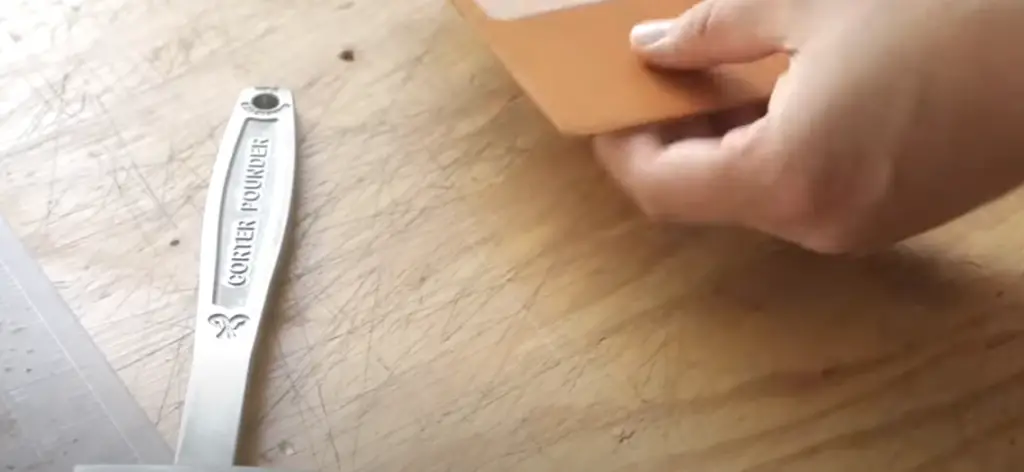
Where is the Leather Tanned?
The place where the leather is tanned plays just as important a role in determining the cost of leather products as its origin. Leather tanning is typically done in two ways: vegetable tanning and chrome tanning. Vegetable tanning involves using natural materials such as tree bark extracts to produce a product with an attractive patina that develops over time. Chrome tanning, on the other hand, is a more modern method of tanning that uses chemicals to produce a high-quality leather. Both methods have their advantages and disadvantages in terms of cost and quality; however, chrome tanning has become increasingly popular as it involves fewer steps.[3]
The Type of Hide Used
The type of hide used in leather products has a direct impact on the cost of the item. As mentioned earlier, hides sourced from different animals produce vastly different types of leather. For instance, cowhide is known for its durability and strength, while deerskin produces a softer and more supple product. The cost of each animal’s hide also varies depending on various factors such as availability and the rarity of certain species. For instance, deerskin is typically much more expensive than cowhide due to its high demand and limited supply.
When considering which type of hide to use for a product, one must take into account their desired outcome in terms of quality, price point, and sustainability. By carefully selecting the appropriate hides, manufacturers can create luxury leather goods that meet their customers’ needs.[3]
Raw Material Quality
Finally, the raw material quality of the leather used in production has an effect on the cost of a product. The type and quality of hides used will have a direct impact on the final product’s price point and overall durability. In order to ensure that customers are buying high-quality leather goods, manufacturers must source only the best hides from reputable tanneries or suppliers. This way, they can guarantee that the leather they produce is of the highest standard and will stand up to wear and tear over time.
When shopping for leather goods, it is important to be aware of all the factors that influence their cost. By taking into account the type of hide used, quality of tanning and processing, and supplier or tannery used, customers can be sure to get the best quality product for their money. With careful consideration and research, you can find leather products that not only meet your needs but also fit into your budget.[3]
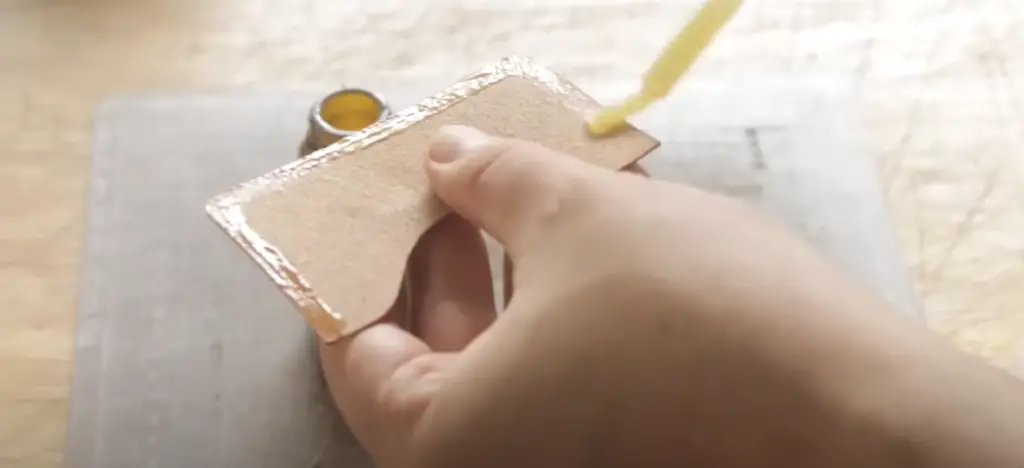
The Production Process
In addition to the factors discussed above, it is also important to consider the production process of leather goods. From cutting and stitching to embossing and dying, the production process can have a considerable effect on the cost of a product. By seeking out suppliers that use high-quality materials and processes, manufacturers can ensure that their customers are getting superior products at an affordable price.
Although it is possible to buy leather goods online, it is still important to be aware of the quality and characteristics of the hide before making a purchase. By taking all these factors into account, customers can ensure that they are getting the best product at the best price. With careful research and savvy shopping tactics, you can find beautiful leather products that meet your needs without breaking the bank.[3]
Cost Of Different Types Of Leather
Full Grain Leather
Full grain leather, renowned for its exceptional quality, is the pinnacle of luxury and craftsmanship. It is meticulously crafted from the top layer of a hide, capturing the essence of its natural markings, which lends it an unparalleled aesthetic appeal and tactile experience. Known for its remarkable durability, full grain leather is the epitome of longevity, making it the ideal choice for exquisite high-end products like bags, wallets, shoes, and furniture. In comparison to other types of leather, full grain stands out with its unmatched quality, thus commanding a higher price due to its superior attributes and enduring beauty.[1]

Top grain leather
Top grain leather is the second-highest grade of leather available. It is known for its consistent, uniform texture and luxurious feel. Top grain leather has been sanded and buffed to remove imperfections and other blemishes, resulting in a smooth finish that allows manufacturers to easily emboss intricate patterns or dye it in any desired color. Top grain leather offers a good balance between quality and affordability; it is slightly cheaper than full grain leather due to its more processed nature, making it the perfect choice for those looking for luxury goods at an accessible price.[1]
PU leather
PU leather, also known as faux or vegan leather, is a type of man-made material that closely resembles traditional leather. It is created by applying a polyurethane coating to fabric such as cotton or polyester, resulting in a material with an authentic feel but at a much more affordable price. PU leather is ideal for products that require lower quality materials such as items like wallets or purses, as it offers a similar look and feel to traditional leather without the associated cost. It is also popular due to its durability and easy maintenance; PU leather can easily be wiped down with a damp cloth, allowing for minimal upkeep.[1]
PVC Leather
PVC leather is a cost-effective synthetic material made from polyvinyl chloride, more commonly known as vinyl. It is designed to mimic traditional leather and is often used to make items such as wallets, bags, upholstery, and clothing. PVC leather offers a soft feel at an affordable price point and can be easily manipulated with embossing or by adding a glossy finish. It is also known for its resistance to water and flexibility, making it an ideal choice for products that require additional protection from the elements or regular use.[1]
Additional Costs
Shipment Cost
When purchasing leather goods, it is crucial to take into account the cost of shipment. Depending on the supplier and the destination, there might be additional expenses related to shipping, such as handling fees, insurance, and potential customs duties and taxes. It is always advisable to communicate with your supplier beforehand to ascertain the comprehensive cost of delivery, ensuring transparency and avoiding any unexpected financial surprises. By doing so, you can make an informed decision and have a smoother purchasing experience.[2]
Tanning Cost
The tanning process is a crucial and intricate step in the production of leather goods, exerting a substantial impact on their overall cost and quality. Tanning, in simple terms, involves the removal of moisture from hides and the prevention of decomposition. However, this process is not limited to a single technique, as different methods can be employed to achieve desired results. For instance, vegetable tanning, known for its eco-friendliness and natural appeal, utilizes plant-based materials to treat the hides. On the other hand, chrome tanning, a more common method, employs chromium salts to expedite the process and achieve a different finish. Regardless of the chosen technique, the tanning step demands specialized knowledge, expertise, and access to specific resources, all of which contribute to the overall cost of the final leather product.[2]
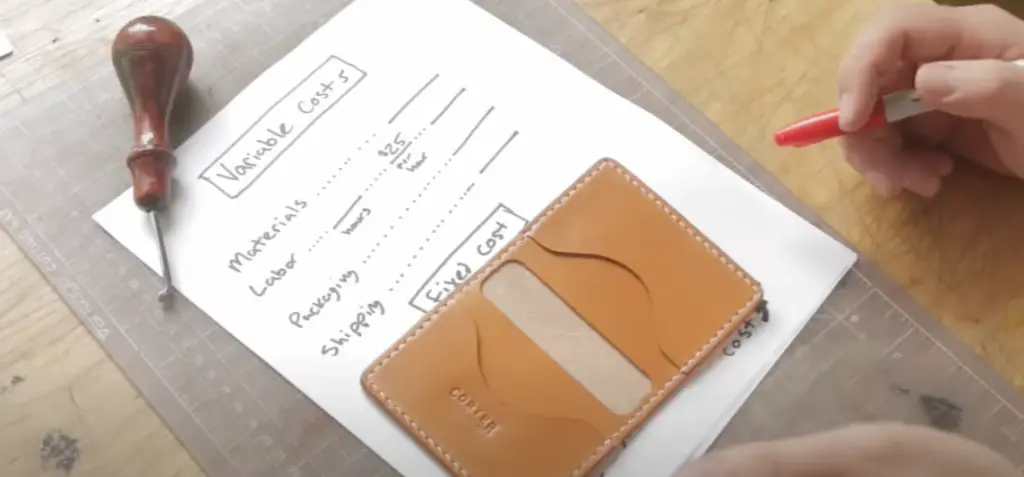
Preservation Cost
In addition to tanning, preserving the leather is essential for extending its life and maintaining its integrity. Different chemicals can be used to protect hides from moisture or light, as well as to add extra luster. Furthermore, some finishes might also involve additional processes that must be completed prior to shipping the product off to customers. As a result, manufacturers must take into account the cost of these treatments, which can be substantial if larger quantities are involved. Despite the additional expenditure, preserving leather goods is essential for their long-term usability and appearance.[2]
FAQ
Is leather expensive to buy?
The cost of leather can vary significantly based on a variety of factors, such as its type, quality, and production process. Generally speaking, full grain leather tends to be the most expensive due to its superior attributes and exceptional durability. Top grain leather is slightly more affordable, while PU leather and PVC leather are usually cheaper than other types of leather due to their artificial nature and ease of production. The cost of shipment, tanning, and preservation can also add to the overall cost of leather goods.
Is real leather expensive?
Real leather, such as full grain and top grain leather, can be more expensive than synthetic options due to its superior durability and quality. However, the cost of real leather can vary depending on a variety of factors, such as its grade, production process, and preservation techniques. For instance, vegetable tanning is known for being a slower and more eco-friendly technique, resulting in a higher price point than chrome tanning.
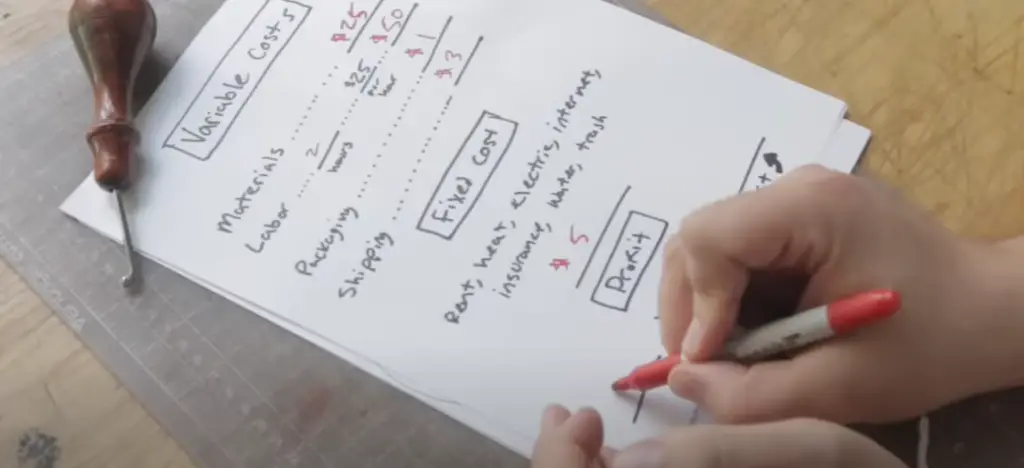
How much does leather cost per yard?
The cost of leather per yard is typically determined by its type, quality, and production process. Real leather such as full grain or top grain leather can cost anywhere from $20 to up to $200 per yard depending on the aforementioned factors. Synthetic options such as PU leather and PVC leather are usually more affordable, with prices ranging from $10 to $50 per yard. Additionally, the cost of tanning, preservation, and shipment should be taken into account when calculating the total price of leather goods.
What is leather so expensive?
The cost of leather can vary depending on its type, quality, and production process. Real leather such as full grain or top grain leather is typically more expensive due to its superior durability and longevity. Additionally, the tanning process often requires special expertise that can contribute to a higher price point. Furthermore, the preservation techniques employed can add additional costs to the overall price of the leather product. Finally, shipment costs should be factored in when calculating the total cost of purchasing leather goods.
Is 100% leather Real?
Generally speaking, 100% leather refers to real leather such as full grain or top grain leather. However, the quality of the final product will depend on a variety of factors, including the type of hide used and the production process employed. Additionally, some manufacturers may use terms such as “100% genuine leather” to indicate that their products are comprised entirely of natural hides, rather than synthetic or blended materials. It is always important to communicate with the supplier beforehand to ensure that you are getting what you expect from your purchase.
Is 100% leather good quality?
100% leather encompasses a range of qualities that depend on the type of hide and production process. Full grain and top grain leather are highly regarded for their exceptional durability and natural finishes. Some manufacturers may use terms like “100% genuine leather” to indicate their products are made entirely from real hides, not synthetic or blended materials. However, the quality of leather goods can vary based on various factors. Prioritize effective communication with the supplier to ensure you get the best value for your purchase.
What is 100% leather made of?
100% leather generally refers to real leather such as full grain or top grain leather. This type of leather is obtained from animal hides and processed using specialized techniques, such as vegetable tanning or chrome tanning. Natural hides differ in thickness and texture, resulting in a range of quality levels that can affect the cost and durability of the final product. Additionally, some manufacturers may use terms such as “100% genuine leather” to indicate that the leather is made entirely from animal hides and not blended materials.
Is Louis Vuitton real leather?
Louis Vuitton products are made from genuine leather, such as full grain and top grain leather. The brand uses an array of tanning techniques to achieve a range of finishes for their luxury goods, including vegetable tanning, chrome tanning, and various other treatments. In addition to its classic trunks and bags, Louis Vuitton also makes use of synthetic materials in certain products. Therefore, be sure to enquire with the supplier directly in order to establish exactly what type of material is used for a particular product.
Is Leather 7000 real leather?
Leather 7000 is a type of top grain leather made by Horween, an American tannery founded in 1905. The company uses a traditional hot-stuffing method to preserve the natural oil content of its hides and achieve a softer and stronger product. Leather 7000 typically has a thicker feel compared to other grades of top grain leather due to the additional stuffing process. Additionally, the leather is also known for its moisture-resistant properties and attractive finish.
Useful Video: How to Price Your Handmade Products
Conclusion
Overall, leather can be an expensive material due to its superior durability and quality. The cost of leather goods is determined by various factors such as its type, production process, and preservation techniques. Real leather such as full grain or top grain leather tend to be more expensive than synthetic materials like PU leather and PVC leather. When purchasing leather goods, it is important to communicate with the supplier to ensure that you are getting the best value for your money. Different brands may use different materials and processes, so make sure to ask questions and read reviews before making a purchase. With the right knowledge and research, you can find quality leather goods at an affordable price.
References:
- https://dominileather.com/how-much-does-leather-cost/
- https://slbag.net/how-much-does-leather-cost-in-bulk/
- https://www.radermecker.com/blogs/conseils-entretien-cuir/combien-coute-le-cuir?logged_in_customer_id=&lang=en

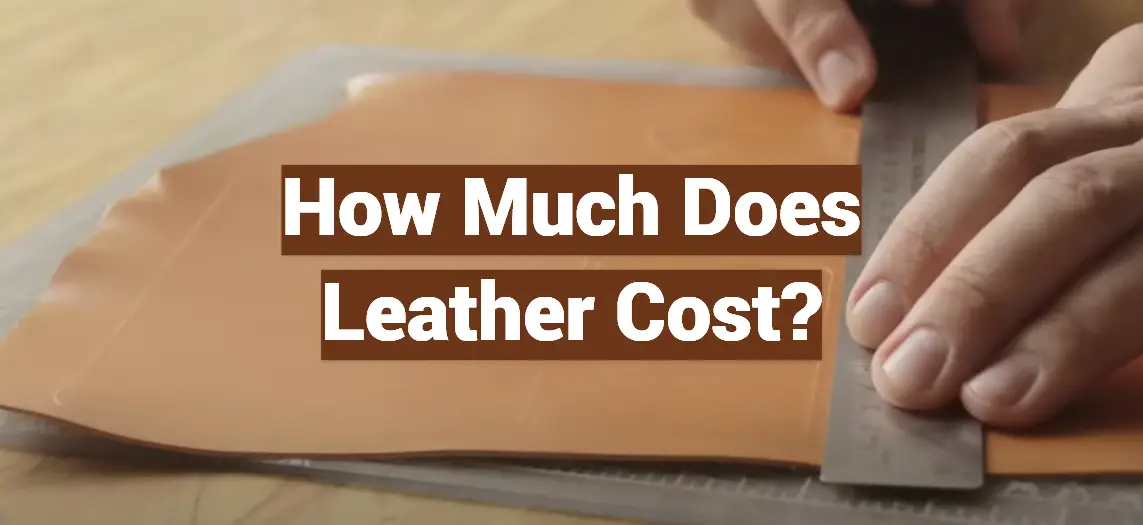
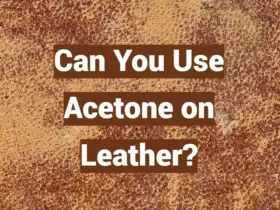


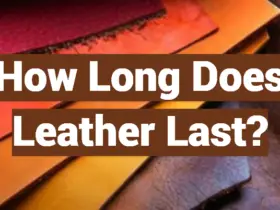

Leave a Reply